
漢德百科全書 | 汉德百科全书

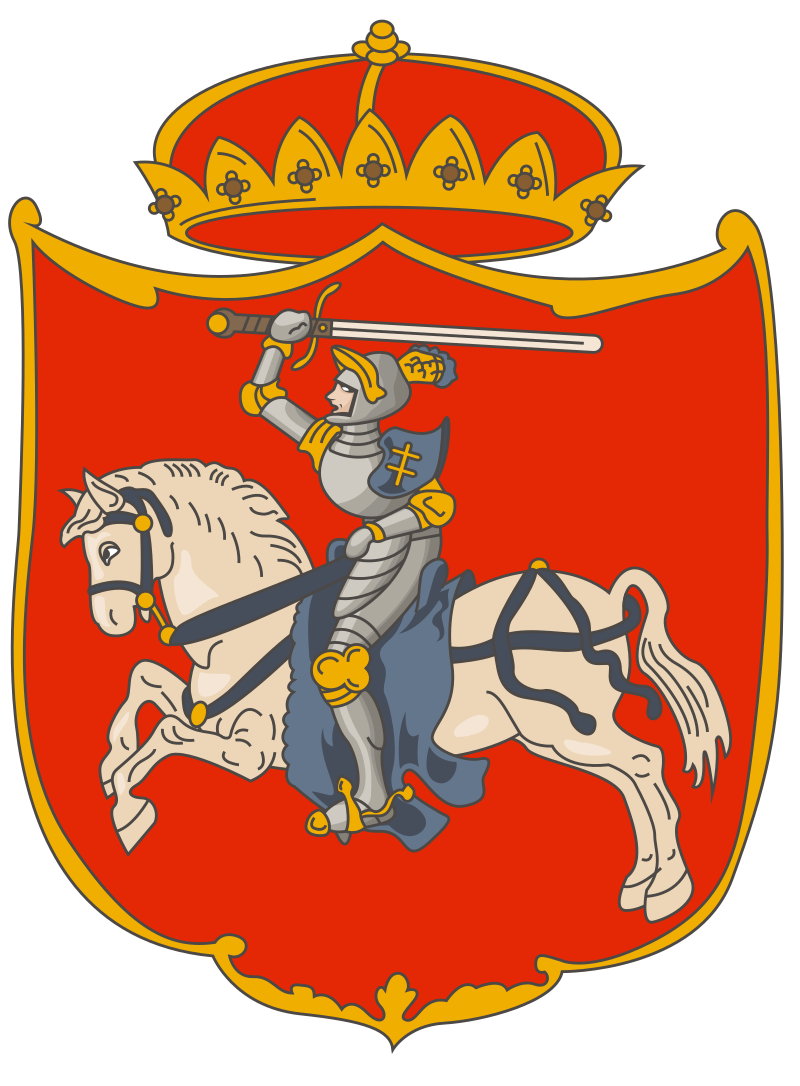
立陶宛大公国(拉丁语:Magnus Ducatus Lituania,立陶宛语:Lietuvos Didžioji Kunigaikštystė)是一个存在于12世纪[1](或13世纪)至1569年间的欧洲君主制国家,随后该国成为了波兰立陶宛联邦的组成部分,直到1793年《五三宪法》被颁布,其独立地位被废除,以使联邦统一。该国由立陶宛人所建立,而立陶宛人是起源于奥克什泰蒂亚的波罗的语族部落之一,信奉多神教。[2][3][4]大公国后来向基辅罗斯故土与其他斯拉夫土地扩张,其国土涵盖现今的白俄罗斯、拉脱维亚、立陶宛、乌克兰,以及爱沙尼亚、摩尔多瓦、波兰和俄罗斯的西部地区。15世纪,该国领土达到顶端,是当时欧洲的最大国家。[5]它是多民族多信仰的国家,在语言、宗教和文化传统上体现出很大的多样性。
立陶宛土地的统一自12世纪开始。大公国的第一位统治者明道加斯在1253年获加冕为天主教立陶宛国王。这个多神教国家在北方十字军时成为条顿骑士团和利沃尼亚骑士团的靶心。直到格迪米纳斯统治时期的后期,这个多民族多信仰的国家才崭露头角[6],并在其子阿尔基尔达斯治下继续扩张。[7]阿尔基尔达斯的继任者约盖拉在1385年签订克雷瓦联合,给立陶宛大公国史册上留下浓重的两笔:其一是立陶宛昄依天主教,另一是奠定了立陶宛大公国与波兰王国 (1385年-1569年)的王室联合,即波兰立陶宛联盟。[8]
在维陶塔斯统治时,大公国处在最大规模的领土扩张时期,并在1410年格伦瓦德之战中挫败条顿骑士团。这个时期还标志着立陶宛贵族的崛起。维陶塔斯死后,立陶宛大公国与雅盖隆王朝时期的波兰王国的关系一度恶化。[9]包括拉齐维乌家族在内的立陶宛贵族试图破坏与雅盖隆王朝时期的波兰王国的君合关系。[10]但是,莫斯科-立陶宛战争的失败使得这个联合毫发无损。最终,波立双方在1569年确立卢布林联合,成立新国家波兰立陶宛联邦。在联邦中,立陶宛大公国保留其政治独立性,拥有自己的政府、法律、军队和国库。[11]联邦未能避免其领土遭扩张中的俄罗斯强取豪夺。在一系列毁灭性的战争后,波兰立陶宛联邦在1795年遭俄罗斯帝国、普鲁士和奥地利大公国瓜分而灭亡。
リトアニア大公国(リトアニアたいこうこく、ベラルーシ語: Вялікае Княства Літоўскае, リトアニア語: Lietuvos Didžioji Kunigaikštystė)は、13世紀から1795年のあいだにベラルーシを中心とした地域を支配した国家である。その全盛期には、広大な領土を擁するヨーロッパの強国であった。この国家の支配層の民族構成は人口においてはリトアニア人はむしろ少数派で、特にルーシ人と呼ばれる東スラヴ人が多かった。このルーシ人は、のちのベラルーシ人やウクライナ人の先祖に当たり、やがてリトアニア人とあわせてリトアニア人(リトヴィン人)と呼ばれるようになった。
リトアニア人が支配した当初はその領土もいわゆる「原リトアニア」と呼ばれる、現代のリトアニア共和国とほぼ同じ狭い地域に限られており、小さな異教国家(非キリスト教国家、Romuva)であったが、複雑な政治的経緯により人口の膨大なルーシ(現在のロシア・スモレンスク地方、ベラルーシ、西部ウクライナ)の正教徒の人々が住む広大な地域(すなわちヴォルィーニ公国やハールィチ公国の地域)も徐々に広く包含するようになると、そういった地方の支配層も取り込むようになったため結果として大公国全体で徐々に正教徒の東スラヴ人が政治的に優勢となった。原リトアニアでも東スラヴの文化を広く受け入れるようになり、大公国の唯一の公用語として教会スラブ語が採用された。1387年にローマ・カトリックを正式に国教としたが、正教徒の信仰も認められた。1430年以後、ポーランド王国と実質的な同君連合となり(ポーランド・リトアニア合同)、支配階層のポーランド文化への同質化が進んだ。1569年のルブリン合同をもってリトアニア大公国はポーランド王国との連合政体であるポーランド・リトアニア共和国を形成した。
The Grand Duchy of Lithuania was a European state that lasted from the 13th century[1] to 1795,[2] when the territory was partitioned among the Russian Empire, the Kingdom of Prussia and Austria.
The state was founded by the Lithuanians, one of the polytheistic Baltic tribes from Aukštaitija.[3][4][5]
The Grand Duchy expanded to include large portions of the former Kievan Rus' and other Slavic lands, including what is now Belarus and parts of Ukraine, Poland and Russia. At its greatest extent, in the 15th century, it was the largest state in Europe.[6] It was a multi-ethnic and multi-confessional state, with great diversity in languages, religion and cultural heritage.
Consolidation of the Lithuanian lands began in the late 12th century. Mindaugas, the first ruler of the Grand Duchy, was crowned as Catholic King of Lithuania in 1253. The pagan state was targeted in the religious crusade by the Teutonic Knights and the Livonian Order. The multi-ethnic and multi-confessional state emerged only at the late reign of Gediminas[7] and continued to expand under his son Algirdas.[8] Algirdas's successor Jogaila signed the Union of Krewo in 1386, bringing two major changes in the history of the Grand Duchy of Lithuania: conversion to Catholicism and establishment of a dynastic union between the Grand Duchy of Lithuania and the Crown of the Kingdom of Poland.[9]
The reign of Vytautas the Great marked both the greatest territorial expansion of the Grand Duchy and the defeat of the Teutonic Knights in the Battle of Grunwald in 1410. It also marked the rise of the Lithuanian nobility. After Vytautas's death, Lithuania's relationship with the Kingdom of Poland greatly deteriorated.[10] Lithuanian noblemen, including the Radvila family (Radziwiłłs), attempted to break the personal union with Poland.[11] However, unsuccessful wars with the Grand Duchy of Moscow forced the union to remain intact.
Eventually, the Union of Lublin of 1569 created a new state, the Polish–Lithuanian Commonwealth. In the federation, the Grand Duchy of Lithuania maintained its political distinctiveness and had separate government, laws, army and treasury.[12] The federation was terminated by the passing of the Constitution of 3 May 1791, when there was supposed to be now a single country, the Commonwealth of Poland, under one monarch and one parliament. Shortly afterward, the unitary character of the state was confirmed by adopting the Reciprocal Guarantee of Two Nations.
However, the newly-reformed Commonwealth was invaded by Russia in 1792 and partitioned between the neighbours, with a truncated state (principal cities being Kraków, Warsaw and
Vilnius) remaining only nominally independent. After the Kościuszko Uprising, the territory was completely partitioned among the Russian Empire, the Kingdom of Prussia and Austria in 1795.
Le grand-duché de Lituanie (lituanien : Lietuvos Didžioji Kunigaikštystė, ruthène : Великое князство Литовъское, polonais : Wielkie Księstwo Litewskie, latin : Magnus Ducatus Lituaniae) est un État d'Europe orientale qui a existé du XIIe au XVIIIe siècle.
Il Granducato di Lituania (in ruteno: Великое князство Литовъское, in lituano: Lietuvos Didžioji Kunigaikštystė, in bielorusso: Вялі́кае Кня́ства Літо́ўскае (ВКЛ), in ucraino: Велике Князівство Литовське (ВКЛ), in polacco: Wielkie Księstwo Litewskie) fu uno stato dell'Europa orientale esistito tra i secoli XII e XVIII.
Fu fondato dai lituani pagani del Baltico nella seconda metà del XII secolo, e si espanse subito oltre i confini dell'area iniziale dell'insediamento lituano, annettendo grandi porzioni della Rus' di Kiev. Copriva i territori dell'attuale Lituania, Bielorussia, Ucraina, Transnistria e parti della Polonia e della Russia, durante il periodo della massima estensione del XV secolo.
Accettando l'Unione di Krewo del 1386, il Granducato di Lituania effettuò un'unione personale con il Regno di Polonia. Con l'Unione di Lublino del 1569, il Granducato si unì in una confederazione, la Confederazione Polacco-Lituana, nella quale il Granducato aveva un governo, esercito, leggi e moneta separati. Nel 1795 la Confederazione fu sciolta con la spartizione tra Russia Imperiale, Prussia e Austria.
Il Granducato di Lituania era uno stato baltico che si espanse nel vuoto di potere lasciato dalla caduta dei mongoli. Diventò in seguito uno stato multinazionale, con differenze etniche e religiose. Le genti pagane baltiche, che in seguito si convertirono al cattolicesimo, chiamarono lituane le terre acquisite della Rutenia che nel XVIII secolo si separarono nelle nazioni bielorussa e ucraina ed erano ortodosse. In seguito, a causa delle politiche ducali nacque nelle terre rutene una Chiesa uniata, ora quasi estinta a causa delle persecuzioni imperiali russe del XVIII e XIX secolo.
Tra le altre popolazioni, nel Granducato vivevano polacchi, ebrei, armeni, tedeschi ecc., che contribuivano alla vita politica e culturale. Il carattere multinazionale dello stato e la filosofia cosmopolita della sua élite dopo il XIV secolo fece scoppiare un dibattito sulla legalità della nazione della Lituania nel XIX e XX secolo. Questo dibattito coinvolse prevalentemente storici polacchi, russi, lituani e bielorussi e assunse un carattere sovranazionale; la questione raggiunse il suo picco durante le guerre per l'indipendenza dal 1917 al 1920, e contribuì a molte dispute locali, come ad esempio quella che riguardava la linea Curzon e la politica della Lituania centrale.
L'espansione del Granducato di Lituania nella moderna Rutenia Bianca nei secoli successivi rese la sua cultura simile a quella lituana. Entrambe le popolazioni, i predecessori degli attuali abitanti delle moderne Lituania e Bielorussia, chiamavano se stessi Lituani nelle loro lingue native (rispettivamente lietuviai in lituano e litviny in bielorusso). In quel tempo, Lituano aveva un doppio significato: il primo era 'abitante del Granducato di Lituania', mentre l'altro significava 'persona di lingua lituana'. Questi lituani vivevano nella regione della moderna Lituania, ma anche nella Prussia Orientale e in gran parte della moderna Bielorussia.
Nella Prussia Orientale era usato per riferirsi principalmente alla minoranza lituana, mentre nelle terre slave del Granducato era più comune il primo uso. In Bielorussia, gli abitanti si consideravano lituani, mentre gli altri popoli come gli ucraini si definivano ruteni. Ad ogni modo, il numero dei nobili che si definivano lituani diminuì quando subentrò la cultura e la lingua polacca; la maggior parte della nobiltà del Granducato si considerò allora polacca. Dal XIX secolo, il termine lituano rimase associato solo alle persone di lingua lituana. I bielorussi, che ebbero un risveglio nazionale in quel periodo, iniziarono a considerarsi una nazione differente.
El Gran Ducado de Lituania (ruteno: Великое князство Литовъское, polaco: Wielkie Księstwo Litewskie) fue un estado de la Europa Central y del Este, que existió entre los siglos XII/XIII y XVIII. Fundado por los lituanos, una de las tribus bálticas paganas, cuyas tierras iniciales cubrieron la parte este de Lituania, Aukštaitija.123 Posteriormente, expandieron su territorio adquiriendo grandes partes del antiguo Rus de Kiev. El Gran Ducado de Lituania cubrió el territorio de los actuales países de Lituania, Bielorrusia, Ucrania, Transnistria y Moldavia ; incluyendo partes de Polonia (Podlaquia, hasta 1569) y Rusia (tierras de Smolensk, Briansk y Kursk). Su período de mayor extensión fue el siglo XV, siendo el país más grande de Europa.4
El título de Gran Ducado de Lituania se comenzó a aplicar regularmente desde el siglo XIV, pero el estado multiétnico y multirreligioso surgió sólo en los últimos años del reinado de Gediminas.
Великое княжество Литовское — восточноевропейское государство, существовавшее с середины XIII века по 1795 год на территории современной Белоруссии (полностью), Литвы (за исключением Клайпедского края), Украины (большая часть, до 1569 года), России (юго-западные земли, включая Смоленск, Брянск и Курск), Польши (Подляшье, до 1569 года), Латвии (частично; после 1561 года), Эстонии (частично; с 1561 по 1629 годы) и Молдавии (левобережная часть Приднестровья, до 1569 года).
С 1385 года находилось в личной унии с Королевством Польским, а с 1569 года — в сеймовой Люблинской унии в составе федеративной Речи Посполитой. В XV—XVI веках Великое княжество Литовское — соперник Великого княжества Московского в борьбе за господство на восточнославянских землях и в целом в Восточной Европе. Прекратило существование после третьего раздела Речи Посполитой в 1795 году. К 1815 году вся территория бывшего княжества вошла в состав Российской империи.

利沃尼亚战争是1558年至1583年间为争夺古利沃尼亚(现今爱沙尼亚和拉脱维亚国土)控制权而引发的战争,由沙皇俄国一方,对抗由丹麦-挪威、瑞典王国以及立陶宛大公国与波兰王国合组之波兰立陶宛联盟(后为联邦)所合作的联盟。1558年至1578年战争初期,俄罗斯先后在多尔帕特(塔尔图)和纳尔瓦取得胜利,击溃利沃尼亚联邦,成功占领利沃尼亚地区。利沃尼亚邦联的瓦解,迫使波兰-立陶宛投入与俄战争。瑞典和丹麦随后于1559年至1561年间介入;前者建立爱沙尼亚大公国以抵抗俄罗斯的频繁入侵,后者则控制萨列马-维克主教辖区,由荷尔斯泰因的马格努斯负责统治。马格努斯一开始投敌伊凡四世,建立利沃尼亚大公国和后来的利沃尼亚王国,随后又叛变、改效波兰-立陶宛一方。战争带来的动荡,伴随着伊凡四世特辖军的恐怖统治,同时俄国和波兰-立陶宛又受到来自南方鞑靼人的威胁,此时期的世局可说是纷乱不已。
斯特凡·巴托里在当选波兰国王和立陶宛大公后,在1578年至1581年间率军反攻,包括瑞典、波兰、立陶宛在温登战役的联手侵略,一连数场胜利,终于逆转了战争的情势。于是一场长期战役在俄国腹地展开,继以严峻而漫长的普斯科夫攻城战。1582年,俄国在战势失利的情况下被迫与波兰媾和,双方签订停战协定,俄国割让利沃尼亚和波洛茨克的所有领土予波兰-立陶宛。翌年俄国再与瑞典签订普柳萨停战协定,利沃尼亚北部及几乎所有英格里亚的土地皆归瑞典,瑞典并可保有爱沙尼亚大公国。俄国在利沃尼亚战争由于自视国力强盛,四面树敌、多方作战,加上国家内部矛盾,导致最后一无所获,以彻底失败终结;1584年随着伊凡四世驾崩,俄国更日渐远离西欧的政局和影响力[1]。


地球高峰会(英语:Earth Summit),又称“联合国环境与发展会议”(英语:The United Nations Conference on Environment and Development,简称UNCED)、里约热内卢高峰会,联合国重要会议之一。在1992年里约热内卢举行的地球高峰会上,155个国家签署了《联合国气候变化框架公约》(The United Nations Framework Convention on Climate Change,UNFCCC),此为清洁发展机制(Clean Development Mechanism,CDM)根本母法。[1]及后永续发展和可持续性等议题逐渐浮上台面,部份取代了旧有以生态为导向的思想。这些议题与1990年代末期兴起的反全球化可视为生态运动的后续行动(参见里约环境与发展宣言)。此外,有许多个人与团体逐渐采取政治游说和科学手段,而放弃直接行动。

Liang Qichao (Liáng Qǐchāo; chinesisch: 梁啟超; Übername Zhuórú 卓如; Pseudonym Réngōng 任公; * 23. Februar 1873 in Xinhui, Guangdong; † 19. Januar 1929 in Peking) war ein chinesischer Gelehrter, Journalist, Philosoph und Reformist während der Qing-Dynastie (1644-1911), der einer neuen Generation Intellektueller angehörte, die sich nach dem Opiumkrieg gebildet hatte, und der andere chinesische Gelehrte mit seinen Verbesserungsbewegungen inspirierte.


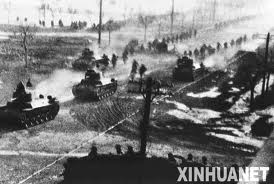



列夫·尼古拉耶维奇·托尔斯泰(俄语:Лев Николаевич Толстой,1828年9月9日—1910年11月20日)俄国小说家、评论家、剧作家和哲学家,同时也是非暴力的基督教无政府主义者和教育改革家。他是在托尔斯泰这个贵族家族中最有影响力的一位。
托尔斯泰著有《战争与和平》、《安娜·卡列尼娜》和《复活》这几部被视作经典的长篇小说,被认为是世界最伟大的作家之一。高尔基曾言:“不认识托尔斯泰者,不可能认识俄罗斯。”在文学创作和社会活动中,他还提出了“托尔斯泰主义”,对很多政治运动有着深刻影响。
Lew Nikolajewitsch Graf Tolstoi (russisch Лев Николаевич Толсто́й ![]() anhören?/i, wiss. Transliteration Lev Nikolaevič Tolstoj), deutsch häufig auch Leo Tolstoi (geboren 28. Augustjul./ 9. September 1828greg. in Jasnaja Poljana bei Tula; gestorben 7. Novemberjul./ 20. November 1910greg. in Astapowo, heute Lew Tolstoi in der Oblast Lipezk), war ein russischer Schriftsteller. Seine Hauptwerke Krieg und Frieden und Anna Karenina sind Klassiker des realistischen Romans.
anhören?/i, wiss. Transliteration Lev Nikolaevič Tolstoj), deutsch häufig auch Leo Tolstoi (geboren 28. Augustjul./ 9. September 1828greg. in Jasnaja Poljana bei Tula; gestorben 7. Novemberjul./ 20. November 1910greg. in Astapowo, heute Lew Tolstoi in der Oblast Lipezk), war ein russischer Schriftsteller. Seine Hauptwerke Krieg und Frieden und Anna Karenina sind Klassiker des realistischen Romans.





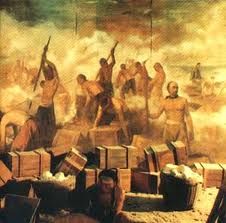

 History
History

 Science and technology
Science and technology
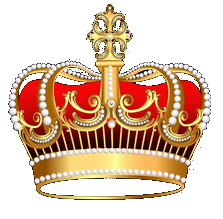 Royalty
Royalty

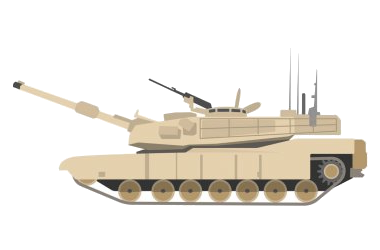
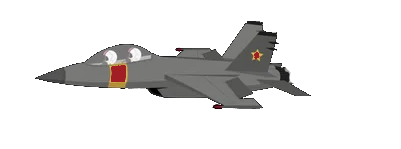
 Military, defense and equipment
Military, defense and equipment
 Architecture
Architecture
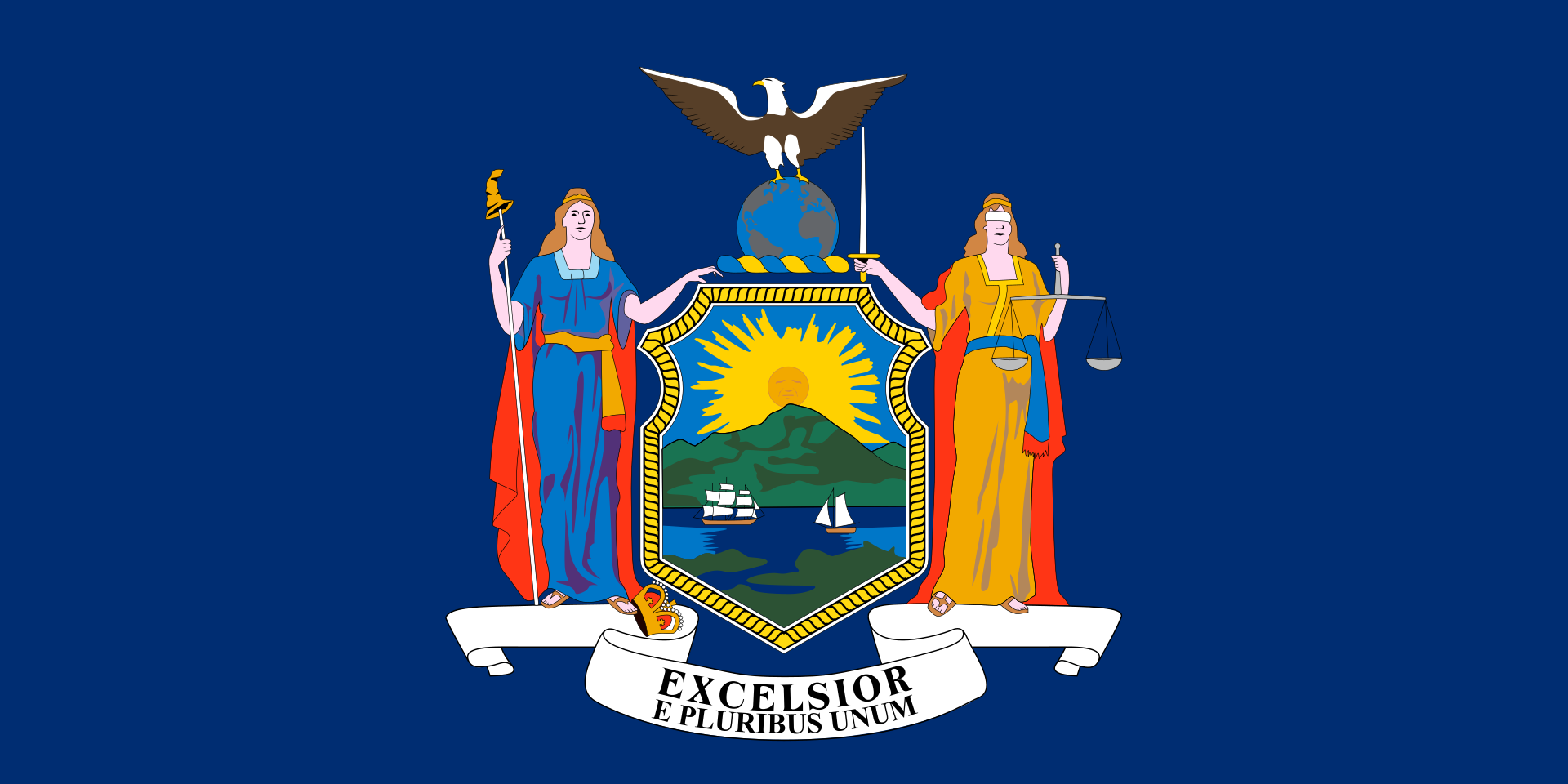 New York-NY
New York-NY
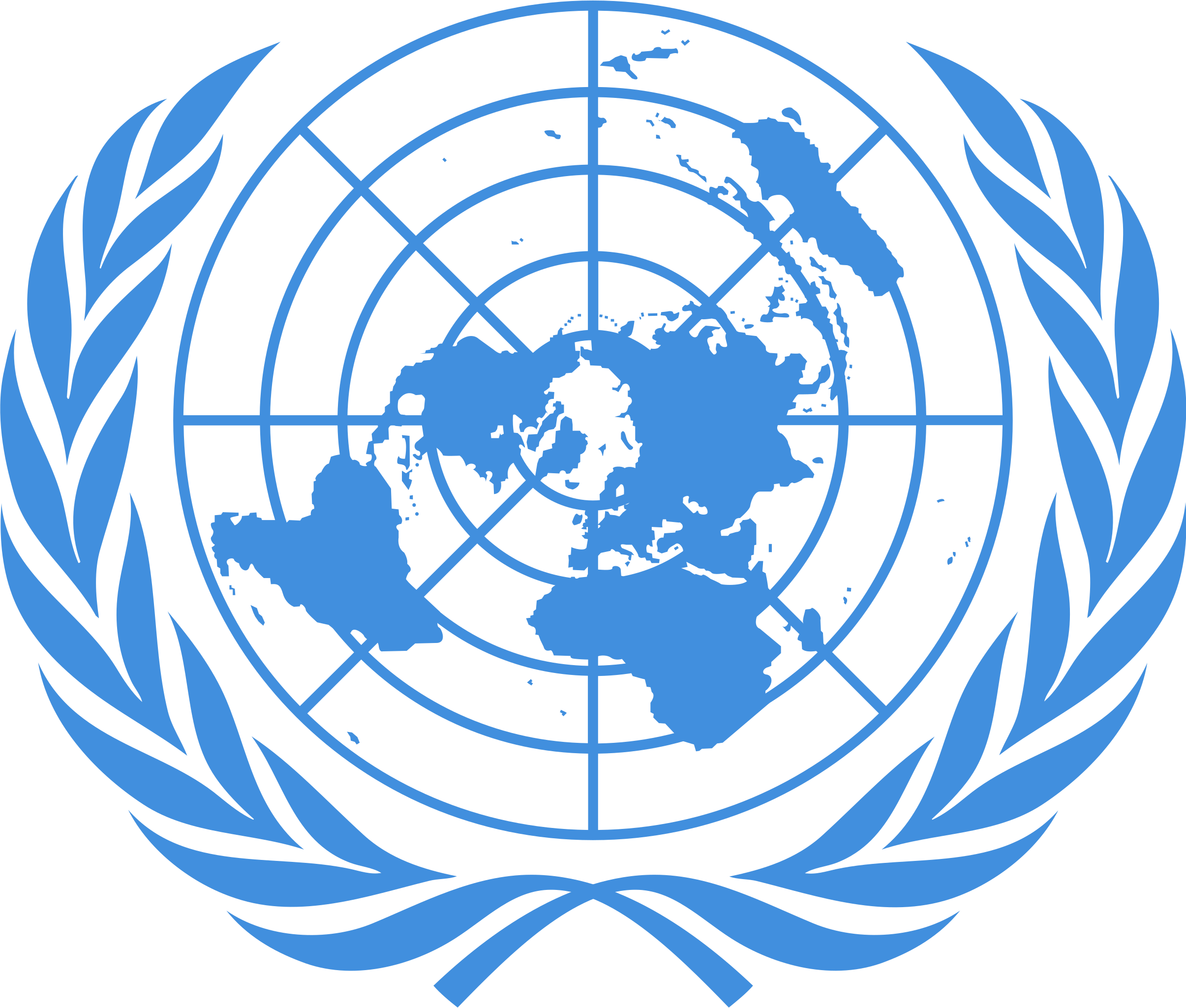 United Nations
United Nations
 Literature
Literature
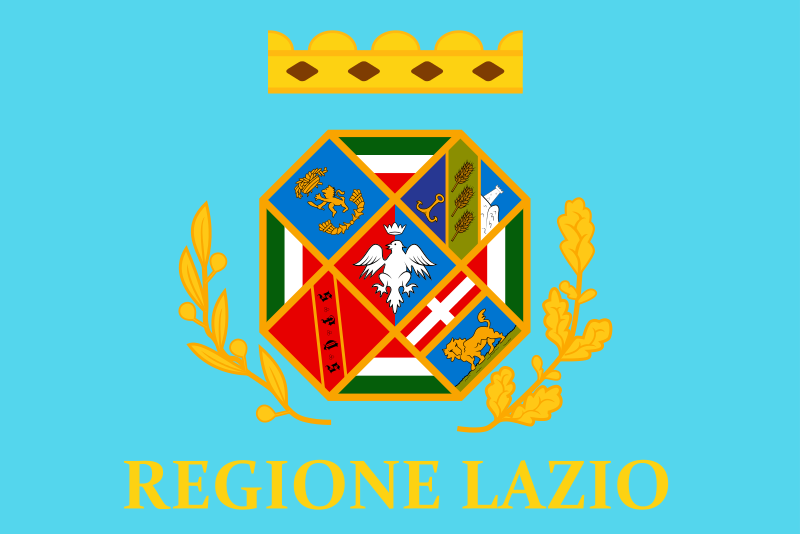 Lazio
Lazio